Where's My Answer?

Have you ever used matching worksheets with students?
You know, the ones where students connect vocabulary words to the correct definitions, math problems to the correct solutions, beginning sounds to the matching pictures...

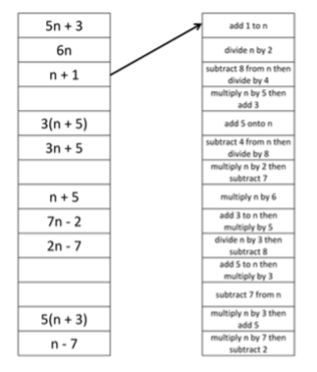
These can be helpful tools for individual assessment and preparing students for similar testing techniques in standardized tests. They can be made even more kinesthetic and engaging through online tools such as Jamboard for individual practice at home.
That’s nice, you say… but what does this have to do with Project GLAD®?
Project GLAD® strategies have the power to take what you already do or need to teach, and present it to students in a way that increases language development, communication, social interaction, memory retention and student engagement.
The “GLAD” version of a matching worksheet is a strategy called...drumroll please...
Where’s My Answer
Where’s My Answer can be used in any subject area or grade level.
Simply take the items stu...
Setting Up Your GLAD® Classroom
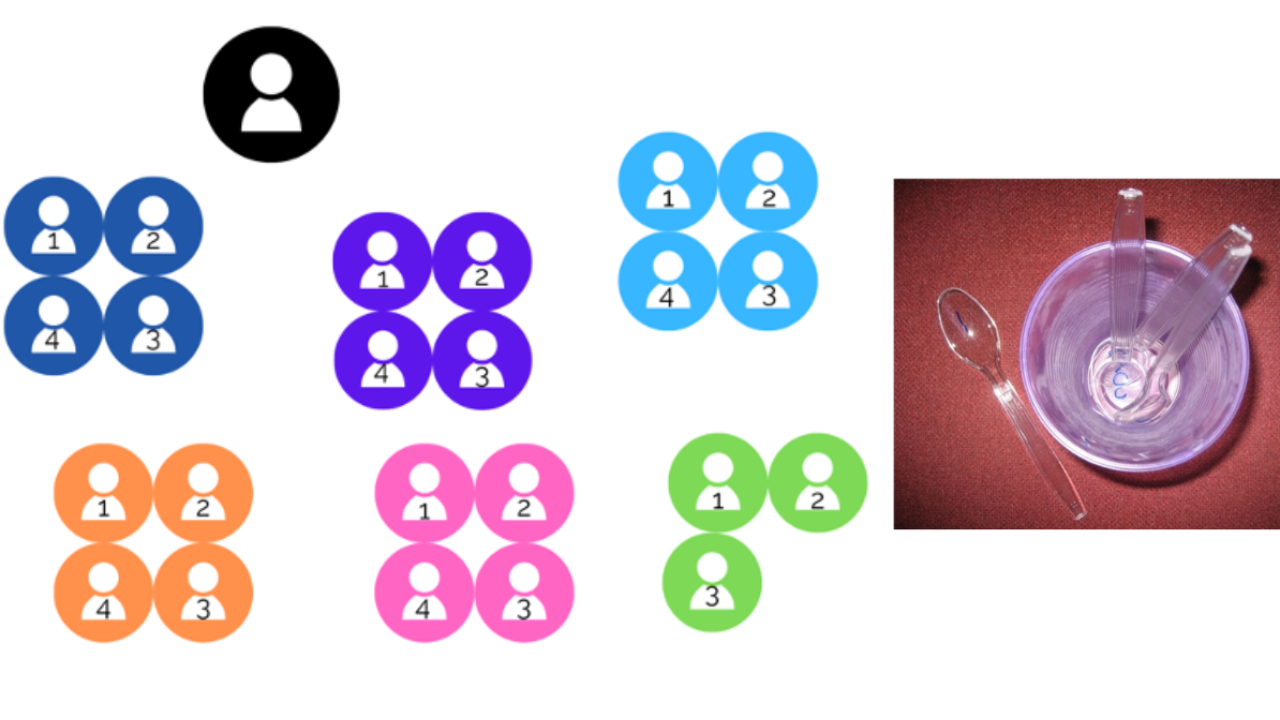
The beginning of the school year brings with it the feelings of anticipation, excitement, and nervousness for students and teachers alike. Dusting off our classroom libraries, moving furniture, and preparing bulletin board space for our students’ first projects are physical tasks we do to set up our classrooms. But we also set up our classrooms by thinking through the classroom structures and routines we’ll use this year.
Were the management structures you used last year effective? Are revisions needed?
Here are 3 quick steps to set up your GLAD® classroom:
- Create your heterogeneous seating chart
Place student desks in teams of 3 or 4. Use any data from last year you have available to create your best guess of heterogeneity. Mix students from different reading levels, problem solving abilities, language proficiency levels, behavior, gender, etc. You’ll be able to update your seating chart the second time around as your beginning of the year assessments are complete and ...
Tone down the talking (teacher talk, that is)
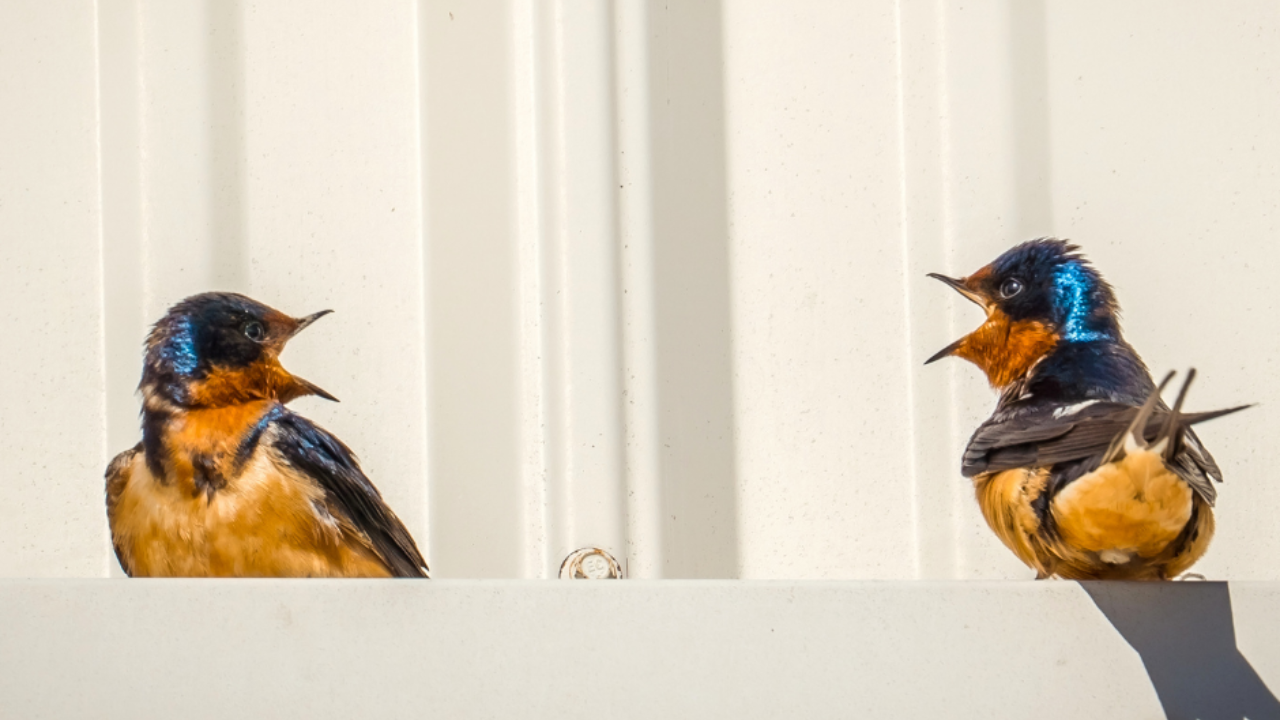
Tone down the talking (teacher talk, that is!)
Project GLAD® has become synonymous with making content accessible and retainable for all students. It’s known for creating positive, collaborative classroom cultures. We tout its ability to increase relevancy and cultural proficiency in the learning process.
Beyond all those benefits...
Project GLAD® is about learning language!
All our students are language learners. Whether we’re teaching in a dual language classroom or introducing content specific vocabulary in math, science, art, and literature.
Guided Oral Practice is one of the main components in Project GLAD. The idea is for students to learn language, they need to practice speaking that language.
The question is...
How can we increase and guide student talk?
How much space is there in the day or class period for students to talk? Imagine if we took all the time we try to get students to be silent and repurposed it to promote talking?
Sidenote: For the Middle ...
February Favorites: Add to the Walls
Favorite Strategy Extension: Add to the Walls
Raindrops on roses and whiskers on kittens. Bright copper kettles and…
Ah, February is a month for favorite things!
Favorite people.
Favorite flowers.
And favorite strategy extensions.
A favorite conference presentation for teachers is when we present a strategy with extensions that go beyond the basics. This year at NABE and WABE we’re focusing on extending Chants above and beyond with various Add to the Walls options.
INTRODUCING: ADD TO THE WALLS
Today, we’re focusing on using Add to the Walls with Chants. But the process works alongside any GLAD® chart: Pictorials, Found Poetry, you name it!
Once a chant has been processed whole class, it's time for teams, partners and individuals to interact with the vocabulary and content through a variety of menu options called Add to the Walls. This strengthens student vocabulary usage and deepens content depth of knowledge in a differentiated setting.
Our 6 favorite Add to ...
A GLAD® Goal That Brings You Joy

I admit, I’m one of those people who wait until the beginning of a new year, a new month or a new week to launch a new habit or goal. I just love that feeling of a fresh start.
And yes, I have dozens of half finished journals around the house. Each one heralding a fresh start with a habit I’m still working on actually becoming a habit.
If you’ve been in our coaching courses or training, we will tell you,
“Any day and every day can be a fresh start.”
It’s true. But there’s nothing quite so encouraging as a NEW YEAR to push the reset button.
As educators, we get to experience the impact of a January new beginning in the middle of our school year.
Wherever you are in your GLAD® journey, we invite you to make January a fresh start month! The secret is to make that fresh start something that will last longer than my unfinished journals.
This week at Costco, I ran into a retired teacher who started reminiscing about her GLAD® training. “It really is the golden ticket,” she sa...
Practice Listening Comprehension with Listen and Sketch
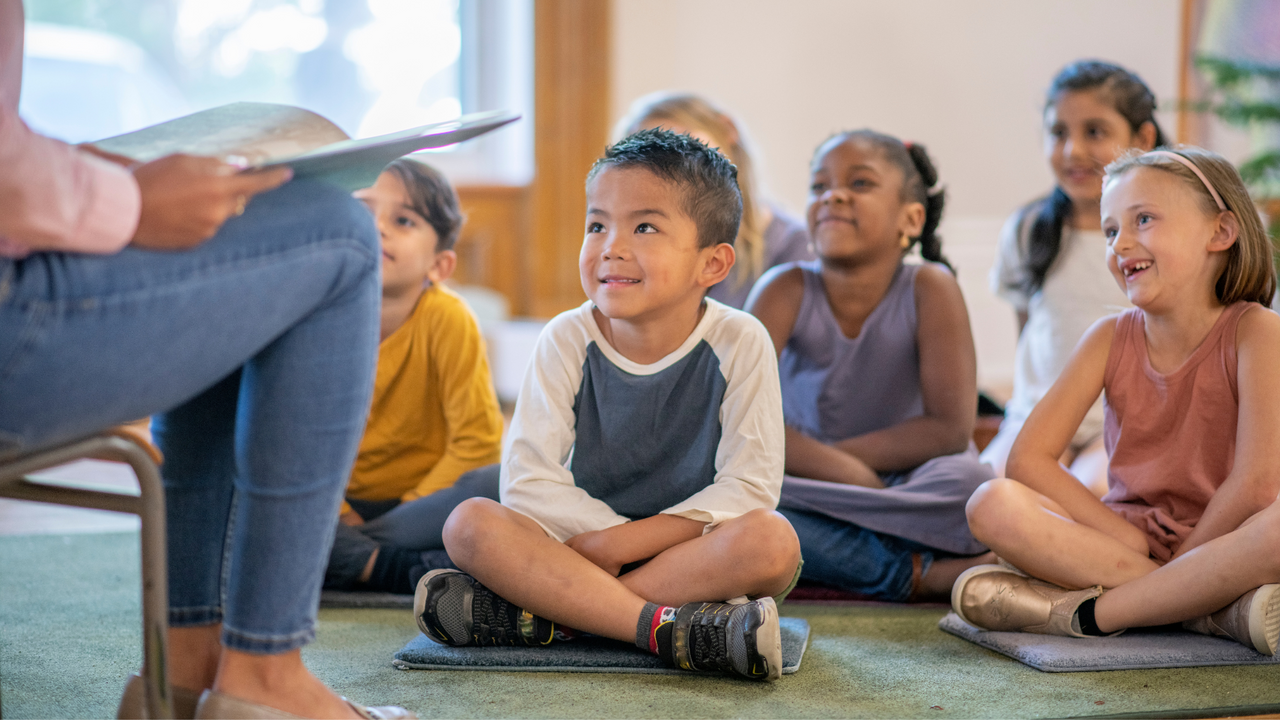
Looking for a low-prep December strategy that still packs literacy benefits?
The classroom is a buzz of activity and energy this time of year. If you're looking to calm the energy, increase engagement, all while practicing literacy skills, look no farther than Listen and Sketch.
Listen and Sketch is a GLAD strategy where teachers read a descriptive text in chunks. During the reading, students listen. When the teacher pauses, students sketch. The Listen and Sketch strategy practices listening comprehension and visualization.
There is a growing body of research on the importance of oral language development and listening comprehension. The more background knowledge and vocabulary young children have early on, the better readers they will become.
Primary reading instruction is a 2-prong model. Students learn decoding skills and comprehension and language skills. However, the same texts cannot be used for these two types of instruction because students' cognitive ability surpasse...
Can the Narrative be done electronically?
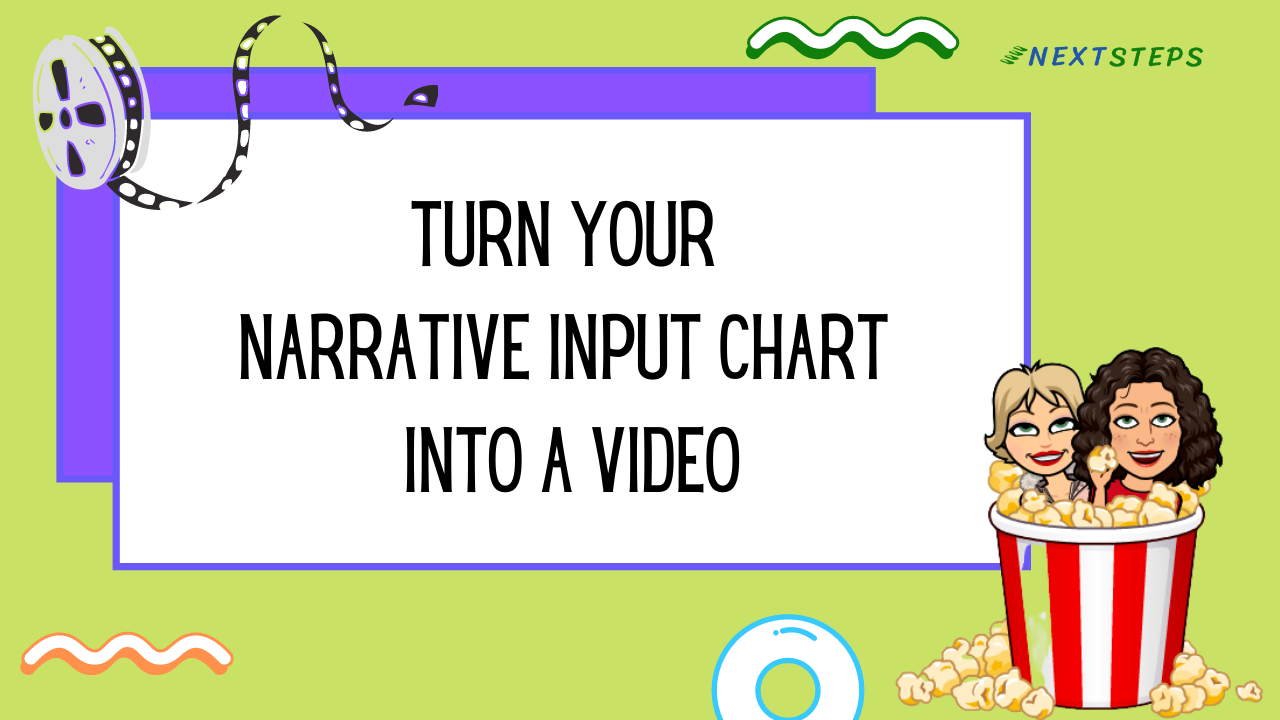
Teaching through stories is a fun, engaging way to teach your standards and vocabulary. The Project GLAD® strategy, Narrative Input Chart, is the strategy we use to teach fiction and non-fiction content that embeds academic language. But some teachers find the prep to create a narrative daunting. We are often asked, "Can the Narrative be done electronically?"
Yes! The benefits of creating a Narrative in a slide deck are ease of prep and set up, ease of sharing with colleagues, and using the narrative with small groups. You can even convert your power point narrative into an mp4 that students can play on-demand. We created this tutorial to show you how. Check it out!
Thanks for reading!
Sara and Jody
_____________________________
Here's what coming up Next!!
Acceleration 301: Read All About It!
If you liked learning about the Narrative Input Chart, you'll love our winter Acceleration boost. This module launches with a content related story, and extends...
Using the Extended Name Tag to Explore Student Identities

Welcome to a new school year! By now your students are getting to know each other pretty well, and you have laid the foundation for your classroom culture. Part of creating an inclusive and supportive classroom community is to understand and value students’ identities.
Every person has layers that make up their personal identity. Norton describes identity as “how a person understands his or her relationship to the world, how that relationship is constructed across time and space, and how the person understands possibilities for the future.” Identity is made up of a person’s experiences, memories, values and beliefs, culture(s), and language(s).
When educators embrace all the facets of all the students’ identities it creates the equitable and supportive environment where learning thrives. When multi-cultural multi-lingual students come to school and feel like they have to leave parts of themselves at the classroom door to fit in, it creates a dissonance that translates internally into...
What's Up Ahead - Keeping You in the Loop
We experimented, we've listened, we've grown and we've changed!
Are you already feeling the intoxication of summer vacation? Yes, we resonate with you! But really, do we stop learning in the summer? Of course not!
We may be learning different things, like how to drive a 5th wheel, or the best vacation spots on a budget, or what it feels like to read a …. novel!
As educators we’re pretty much addicted to learning.
And we’re instilling that passion for lifelong learning into our students. The last few years have had us all on a steep learning curve and our instructional flexibility and creativity has grown as a result.
We launched Next Steps with Project GLAD® just before the pandemic began, and have been right there learning and growing with you. Thank you for sharing your celebrations, challenges and ideas with us. We've been listening and asking:
- What’s working?
- What do you need?
- What would be even more helpful?
We’ve taken all your suggestions and made some BIG CHANG...
Monitoring and reporting the growth of our ELs: The ELD Group Frame
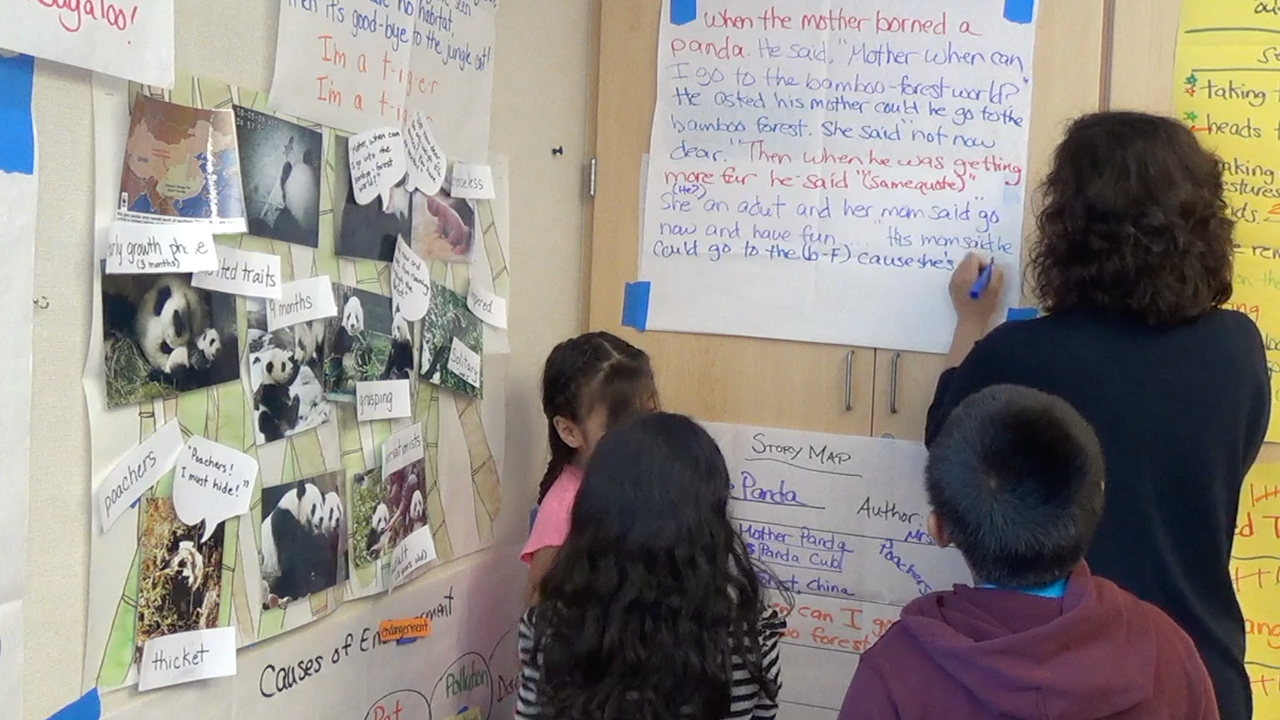
Final report cards are coming up!
The school year is about to wrap up and assessment is on everyone’s mind. We will soon report for the final time the content and skills our students learned this year.
For our English language learners, the ELD standardized test they took this spring will give scores how their language skills have progressed in listening, reading, speaking, and writing. Unfortunately, these scores are not helpful in informing what we write on our report cards or supporting our students oral language development in these last weeks of school.
What classroom-based assessment will help me determine my students’ oral language growth and proficiency?
The Project GLAD® strategy, ELD Group Frame, is a no-fuss, low-prep way to get a snapshot of students’ English proficiency. From this running record of oral language, we can get a record of language skills they have mastered and ones that will inform our future instruction.
It’s a simple strategy to implement.
- The ...


